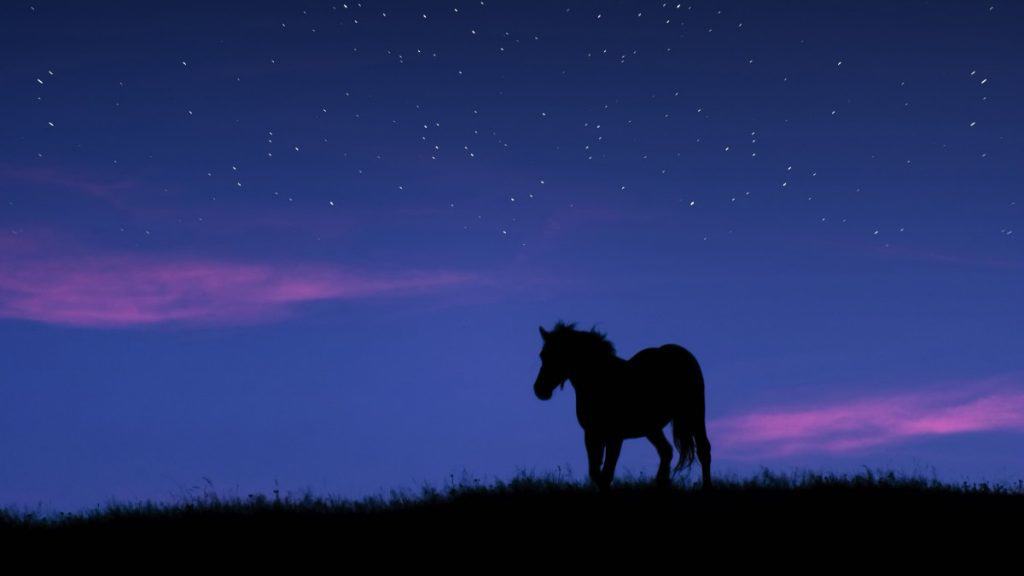Skip To Section
The Norfolk Trotter is now extinct, but it is a foundational breed in equestrian history. Because of their excellent harness capabilities, it was once the most popular horse in England.
Modern breeds such as the Hackney, the Standardbred, and the American Trotter are descendants of Norfolk Trotters.

History
This horse originated around 1750, but the breed’s bloodlines trace back as far as the 16th century.
In 1542, King Henry VIII required wealthy subjects to own a certain number of trotting horses in case of a sudden war. Those trotting horses were cross-bred with imported horses later to create this breed.
Because of its popularity in Yorkshire, this breed is also sometimes referred to as the Yorkshire Trotter, the Yorkshire Roadster, or the Norfolk Roadster.
A stallion from Norfolk, England was brought to the United States in 1822 and provided a major influence in the creation of the Standardbred horse. Today’s Hackney horse is also influenced by Norfolk Trotters.
This breed became popular because of its ability to carry a heavy adult rider at high speeds for great distances, even in areas where roads were scarce. As roads improved and travel became mechanized, the breed slowly disappeared.
Characteristics
These extinct horse breeds were cob horses, used primarily for travel and pulling carts. They were best known for their ability to maintain a fast trot while pulling a load over rough terrain.
Size
They were large horses, likely between 14 to 16 hands tall like their modern descendant breeds, the Hackney and the Standardbred.
What Breeds Make Up The Norfolk Trotter?
These horses were a combination of local English harness horses with purebred Dutch breeds.
What Did They Look Like?
They were large, stocky horses with short legs and a stout build. They typically had short manes and tails.
What Were They Used For?
Norfolk Trotters were primarily used as a road horse. Due to their speed, they were also used in trotting races.
In the 19th century, trotting races were usually held under saddle and Norfolk Trotters were one of the most popular racing breeds for trotting.
Here are the top historic uses of this horse breed:
- Harness horse
- Riding
- Trotting
- Carriage pulling
Where Do They Live?
This breed of horse is now extinct, but they were native to East Anglia and Norfolk, England.
How Fast Were They?
Norfolk Trotters could carry an adult rider for long distances at up to 17 miles per hour. Even if road conditions were rough or the terrain was off-road, Norfolk Trotters could continue at 16-17 miles per hour for long distances. This made them a common choice for distance travel.
How Much Do They Cost?
You can’t purchase them today, as this breed is extinct. However, This horse breed has many descendants, such as the Hackney, Standardbred, and American Trotter, which can be found today.
Conclusion / Summary
Once the most popular horse breed in England, the Norfolk Trotter leaves a rich legacy. Norfolk Trotter descendants include some of the most well-known trotting breeds in racing.
The history of this horse breed shows us how the development of roads and automobiles has changed the equestrian world.
Pulling and travel abilities are less favored, but trotting lives on as trotting races continue to capture audiences around the world.
There’s a whole world of horse breeds out there to explore! Discover and find out more information by checking out our horse breed guides.
